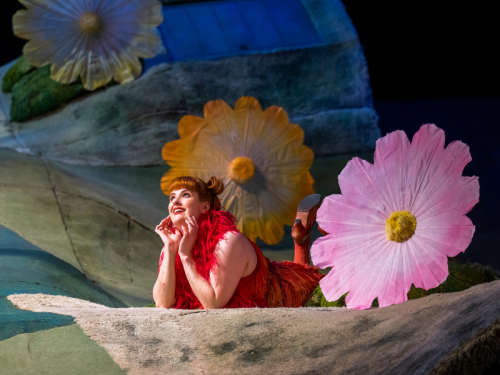Celebrating the North East's Coolest Cultural Hotspots on World Heritage Day
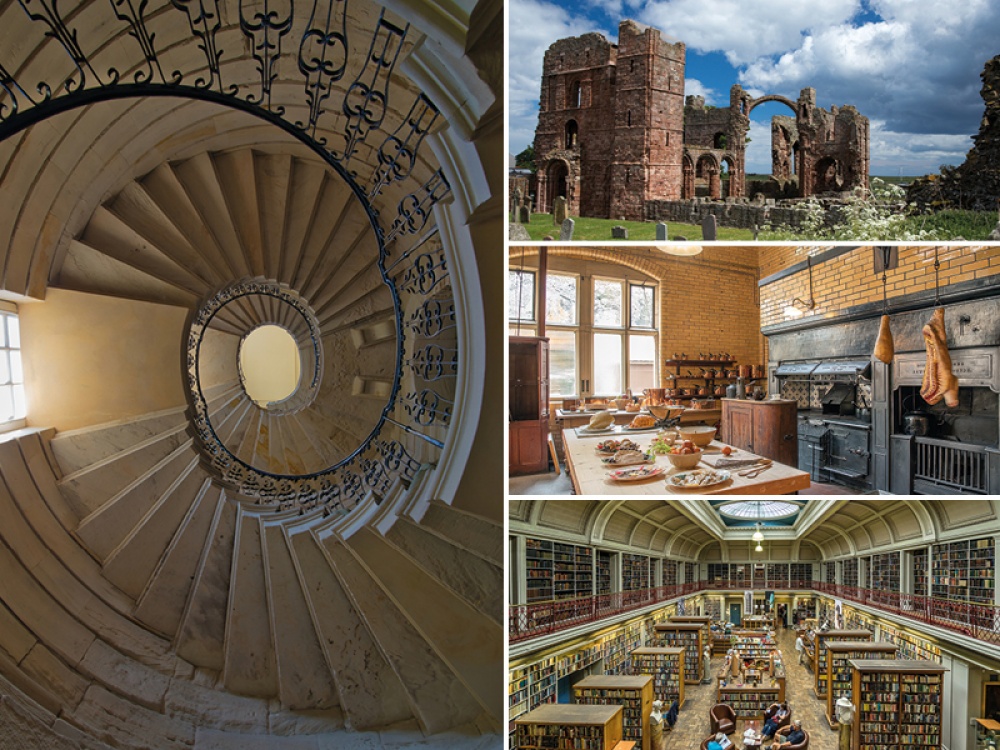
In celebration of World Heritage Day on 18th April, we're highlighting some of the North East's coolest cultural hotspots which you need to know about
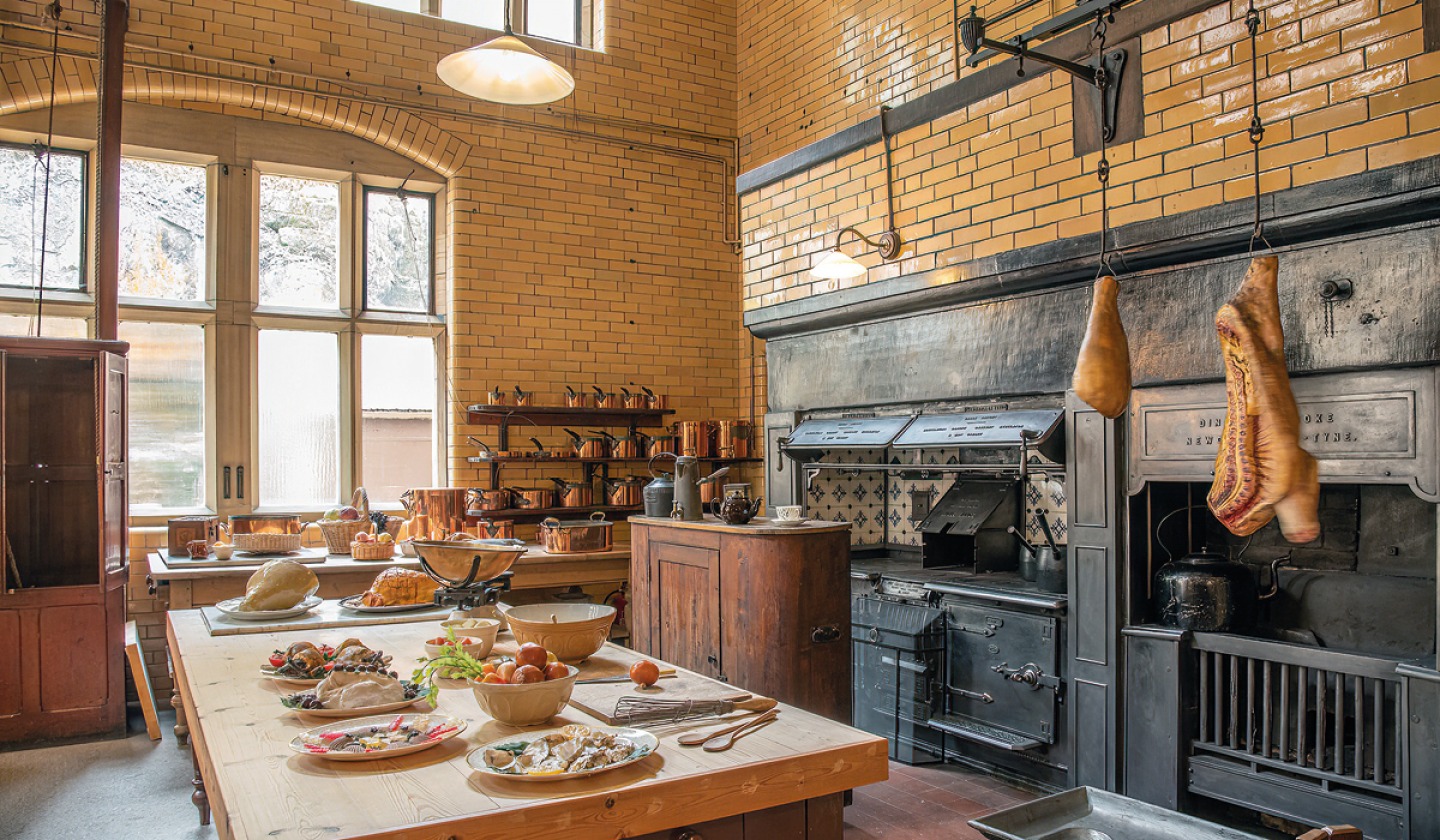
As the name suggests, Cragside is built on a craggy outcrop with rocky pathways and some cliff edges – and it’s where you can explore Britain’s original smart home and spectacular 1,000 acre estate and woodlands. Lord and Lady Armstrong married in 1835 and as a wedding gift, were given Jesmond Dene, which was their first attempt at landscaping and large-scale planting. Shaping the valley and enhancing the Dene’s natural features formed the model for Cragside, a place William Armstrong was familiar with thanks to his childhood visits to Rothbury.
William was a visionary inventor, engineer and businessman who owned Elswick Works in Newcastle. His engineering achievements included building Newcastle’s Swing Bridge and the hydraulic mechanism which operates London’s Tower Bridge. His skill, alongside his wife Margaret’s passion for gardening, is reflected throughout Cragside to this day. The 19th century house, built by the era-defining architect Norman Shaw, combined Victorian style with Lord Armstrong’s ingenious hydroelectric inventions, such as a hydraulic lift, water-powered spit and electric light. To this day Cragside uses a hydroelectric system, thanks to the Archimedes Screw which was installed by the National Trust in 2014.
As well as experiencing Britain’s original smart home, you can explore 40 miles of footpaths which criss-cross the estate. Wander amongst some of the tallest trees of their kind in the country in the Pinetum, explore the weaving paths and tumbling cascades in the Rock Garden and witness the changing seasons in the Formal Gardens. Families and dogs are welcome throughout the grounds (with the exception of the house, where only guide-dogs are permitted) and are invited to adventure through the labyrinth or experience the whole estate on the Carriage Drive spotting wildlife from the comfort of your car.
For more information and ticket prices, visit nationaltrust.org.uk
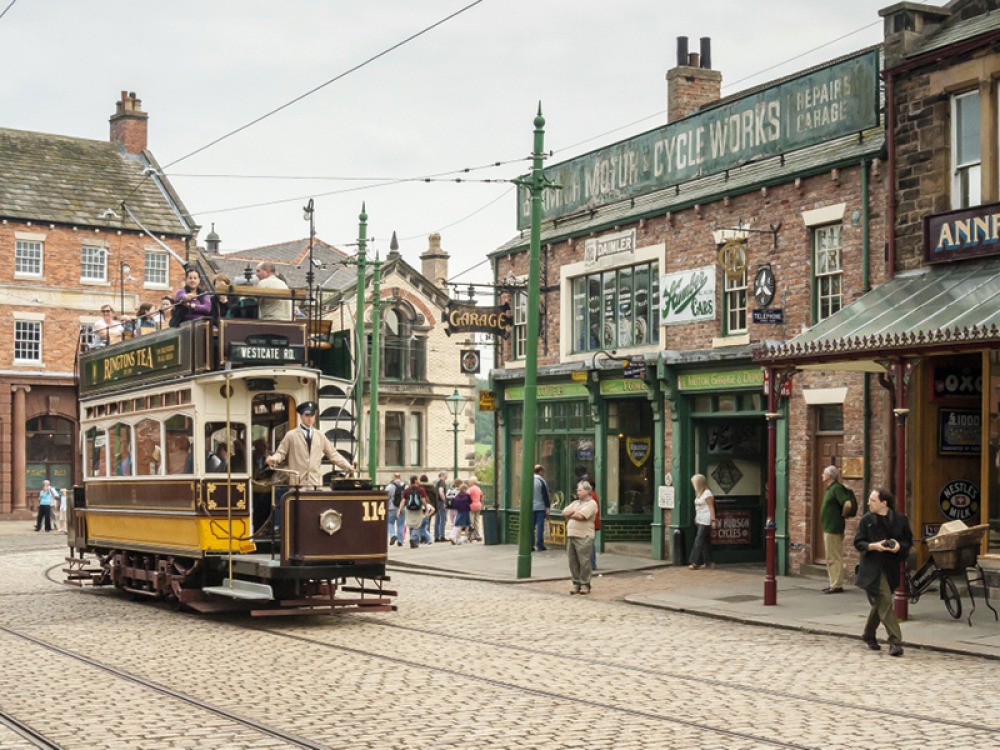
Step back in time with a trip to award-winning Beamish. It’s certainly one of the best open air living museums, and brings the history of the North East to life, inviting visitors to explore life as it was from the 1820s through to the 1950s.
The vision of Dr Frank Atkinson, the museum’s founder and first director, Beamish opened its doors more than 50 years ago. Dr Atkinson wanted to create his own open air museum in the North East after being inspired by his visits to Scandinavian folk museums in the early 1950s. At the time the region’s coal mining, industrial heritage and steel and iron manufacturing was starting to disappear, but Frank wanted to record and preserve the day-to-day lives of ordinary North East folk and their communities for posterity, keeping the region’s real history alive.
Now, visitors are able to step back into the past, seeing how families lived and worked. In the 1900s Town, you’ll find Herron’s Victorian Bakery where you can watch fresh bread being made the traditional way, or stop by the old fashioned sweet shop where you can sample traditional cinder toffee and black bullet sweets. The museum stands on what was once the heart of the Durham coalfield and at the Pit Village you can experience life within the colliery communities during the peak coal production era. At the School, you can try your hand at playground games, and you can also catch a tram or vintage bus ride which follows a circular route around the museum, calling at all the highlights. Don’t miss the 1940s Farm where you’ll find out about farming life during the war, as Britain’s farmers tried to feed the nation with the help of Land Girls and evacuees from nearby cities, and the 1950s Town where you can experience the excitement and unique spirit of the age, visit the recreated home of celebrated artist Norman Cornish, get your hair done at Elizabeth’s salon, and enjoy an ice cream at John’s Café (a replica of the popular café from nearby Wingate) as you listen to 50s tunes on the jukebox.
For tickets and more information, visit beamish.org.uk
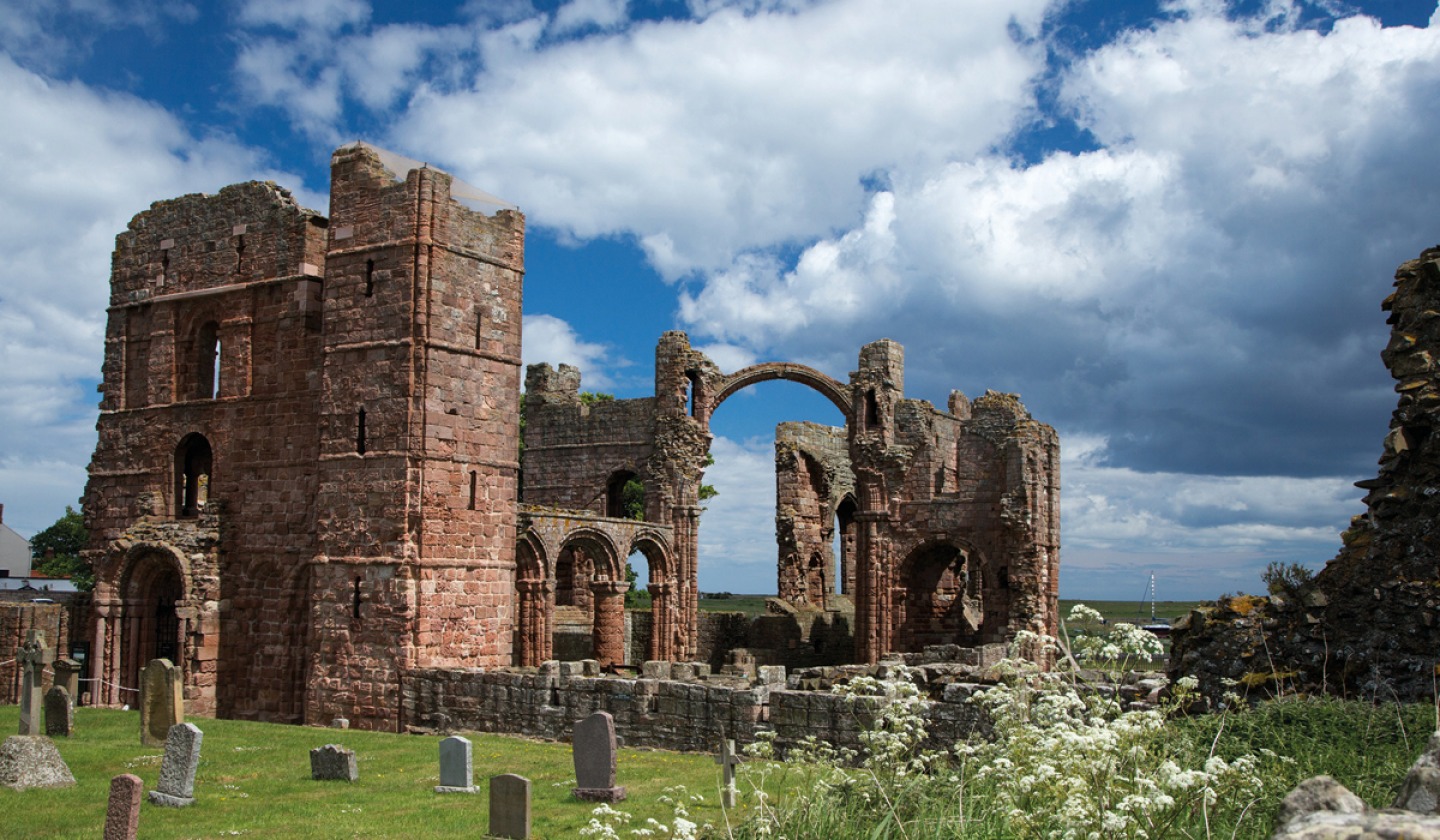
Northumberland is packed with heritage and cultural hotspots, but if you’re looking to explore somewhere truly unique, we recommend a visit to Lindisfarne Priory. The trip to get there is a challenge in itself as access across the tidal causeway to reach the island needs careful timing, (always check the tide times before you go). Once there you can follow in the footsteps of the ancient monks who built the priory nearly 1,400 years ago.
In 635 AD Irish monks settled in Lindisfarne after Northumbrian King Oswald summoned Irish monk Aidan from the south-west coast of Scotland to become bishop of his kingdom. Oswald granted Aidan and his companions the small tidal island of Lindisfarne, where they started the monastery. In the 670s a monk named Cuthbert joined the monastery and eventually became Lindisfarne’s greatest monk-bishop and the most important saint in Northern England in the Middle Ages.
The history of the monastery and Saint Cuthbert is now celebrated in the recently refurbished Lindisfarne Priory museum which is home to a collection of historic artefacts, highlighting the island’s role as one of the most important centres of early English Christianity, along with history of the Viking Raids the islanders endured, and the priory’s connection to Saint Cuthbert. There’s also a new family trail inspired by the Lindisfarne Gospels and to wander through the richly decorated ruins is a highlight – especially if you get the chance to gaze up at the Rainbow Arch, one of priory’s most dramatic features which remarkably stands tall despite the central tower collapsing more than 200 years ago.
For more information and for safe crossing times, visit english-heritage.org.uk

Established in 1793, Newcastle’s Lit & Phil is the UK’s largest independent library outside London, with an impressive collection of almost 200,000 books and the largest music collection in the North of England. Its original purpose was not to be a library, but rather a place with emphasis on lectures, discussion and experiments. By the early 19th century, the Lit & Phil had become a home for inventors, pioneers and visionaries – and a focal point for the industrial revolution. It was where George Stephenson demonstrated his miner’s safety lamp to the society in 1815, and Joseph Swan lit a public room with electric light for the first time in 1879.
As a library, just a stone’s throw away from Newcastle’s Central Station, the Lit & Phil became a hub of learning long before the city’s universities existed and today it continues to inspire and educate visitors of all ages. The library is free and open to all to explore and browse the impressive collections – from several hundred volumes printed before 1701 to newly published crime fiction.
Throughout the year the Lit & Phil host a number of events, including poetry readings, celebrity book launches, jazz, folk and classical music events, as well as writing, fine art and poetry reading classes. As World Heritage Day approaches, why not book onto one of their popular Behind the Books Lit & Phil tours? Led by their team of award-winning guides, you’ll get the opportunity to learn more about the history, explore the ornate rooms where great writers, scientists and inventors once met, and browse the extensive range of books and music. Although donations are always welcome, the tours are completely free.
To find out more, visit litandphil.org.uk
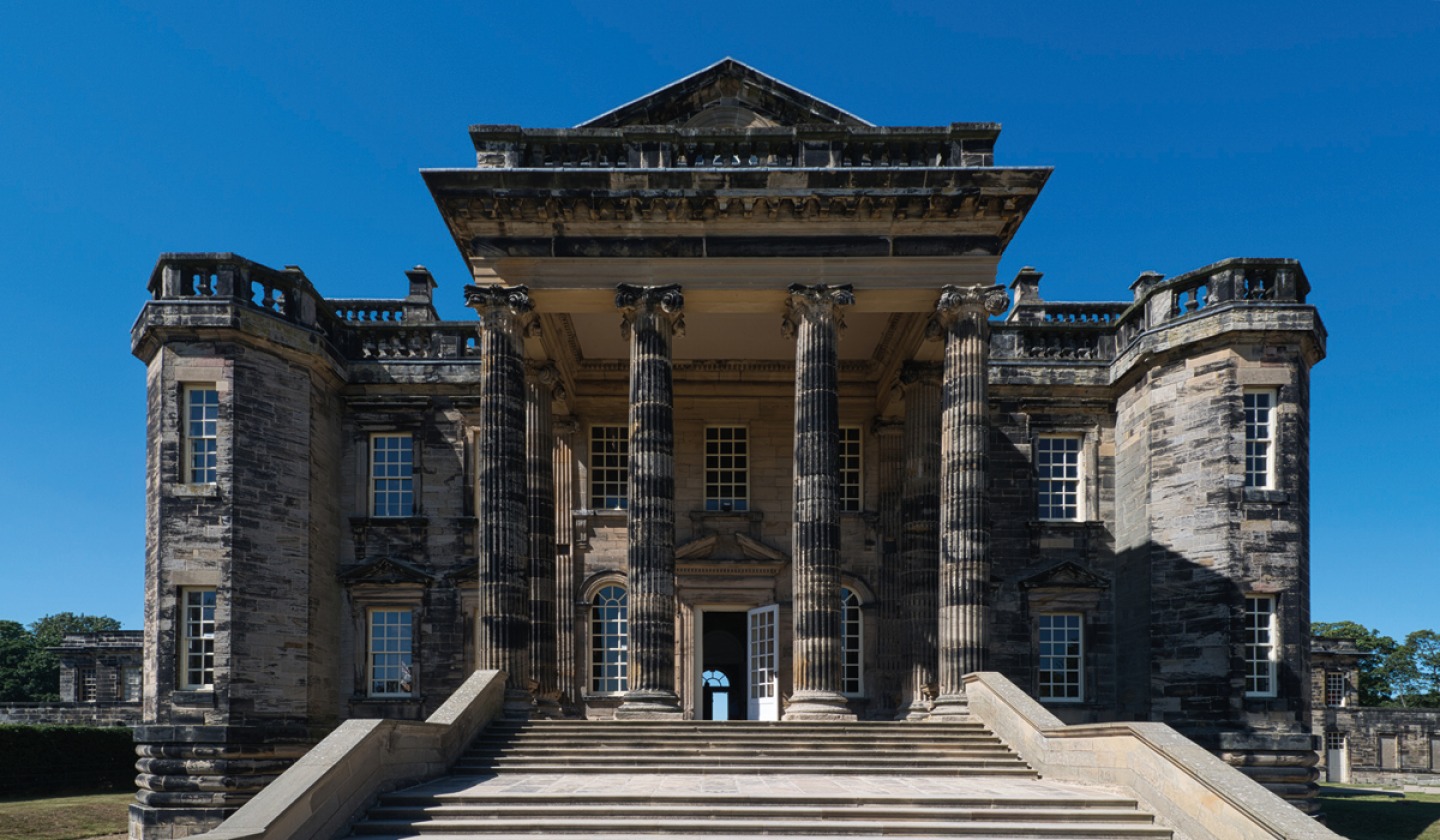
One of architect Sir John Vanburgh’s smallest country house designs, Seaton Delaval Hall is steeped in history, and bears the scars of a disastrous fire which almost condemned it to ruin 200 years ago. But after careful restoration, repairs and conservation, there’s never been a better time to explore.
Captain Francis Blake Delaval and his wife Rhoda moved into the newly-built hall in 1728 and over the next 20 years, the larger-than-life Delaval family became known as the most notorious of all Georgian partygoers and pranksters. Despite the hall and the surrounding landscapes remaining in keeping with the traditional Georgian style, what went on behind closed doors was anything but. A place of great theatricality, drama and mischief, the family’s high spirited and extravagant lifestyle gave them their nickname of the ‘gay Delavals’ and an invitation to one of their flamboyant parties was the hottest ticket in town. However, when guests woke up the following morning they often found their room turned upside down with furniture fixed to the ceilings and chandeliers in the middle of the floor – and when you visit, you can experience it all for yourself in the upside-down room.
Despite the hall being almost completely destroyed by a devastating fire in 1822, the property has recently undergone extensive restoration both inside and to the surrounding grounds. The remaining central block offers a unique opportunity to explore the surviving architecture and it’s well worth looking up from the bottom of the iconic 18th century cantilever stairs. In the west wing visitors can meet the Delaval family though the hall’s portraits, and outside you can walk in the formal gardens, explore the stunning laburnum arch and pond and visit the Delaval Playdium – a unique play area inspired by the mechanics of Baroque theatre and the candle-lit shows of the gay Delavals.
Visit nationaltrust.org.uk for more information.
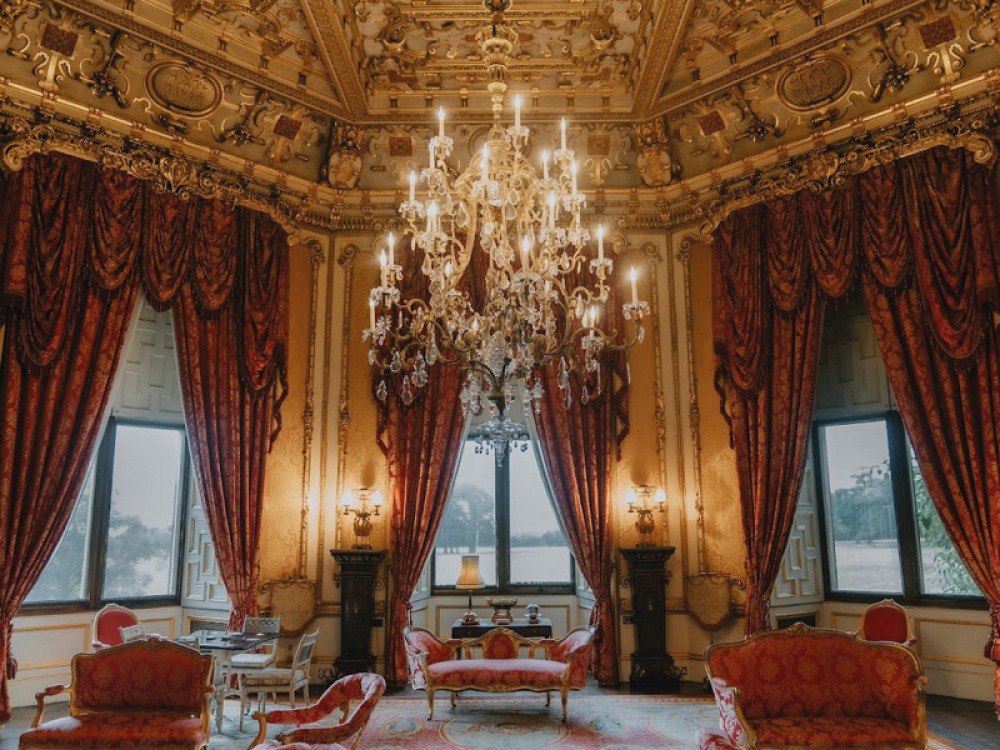
One of England’s finest medieval castles, Raby Castle was originally built as a Viking settlement for King Cnut in the 11th century, its moat meaning access was only granted by means of a drawbridge. The castle which stands today was built by the mighty dynasty of the Nevilles in the 14th century and was home to Cecily Neville, the mother of two kings of England. Raby Castle was where the plotting of the doomed Rising of the North took place and was a Parliamentary stronghold during the Civil War. The Nevilles continued to live in the castle until 1569 when the castle and its land were forfeited to the Crown. In 1626 Sir Henry Vane the Elder, a member of Parliament and of Charles I’s household, bought Raby Castle and the Vane family still own Raby to this day.
Now behind the walls of this mighty castle, visitors are invited to explore the incredible collection of art, textiles and furniture from England and Europe dating from the 17th to the 20th century. Raby’s Blue Bedroom, designed for important visitors, has been kept in its original 19th century style, whilst the Drawing Room, the Library and the Ante-Library are also great examples of 18th and 19th century aristocratic life. Don’t miss the Octagon Drawing Room, a rare survivor of an 1840s style, and the kitchen, built in 1360 and still almost completely in its medieval form. Outside the castle walls there’s plenty for the whole family to explore, including the incredible wildlife and 200 acres of deer-dotted parkland. The Red Deer, and Fallow Deer which roam the Deer Park are descendants of deer which have been here since Norman times. There’s also the brilliant Plotters’ Forest, a true woodland adventure hideaway for visitors of all ages to explore. Towering amongst the trees, adventurers can wander the ground-level forest trails, climb the high turrets and treetop tunnels, before spreading out on the stargazing deck and slipping down the slide.
For more information, visit raby.co.uk






